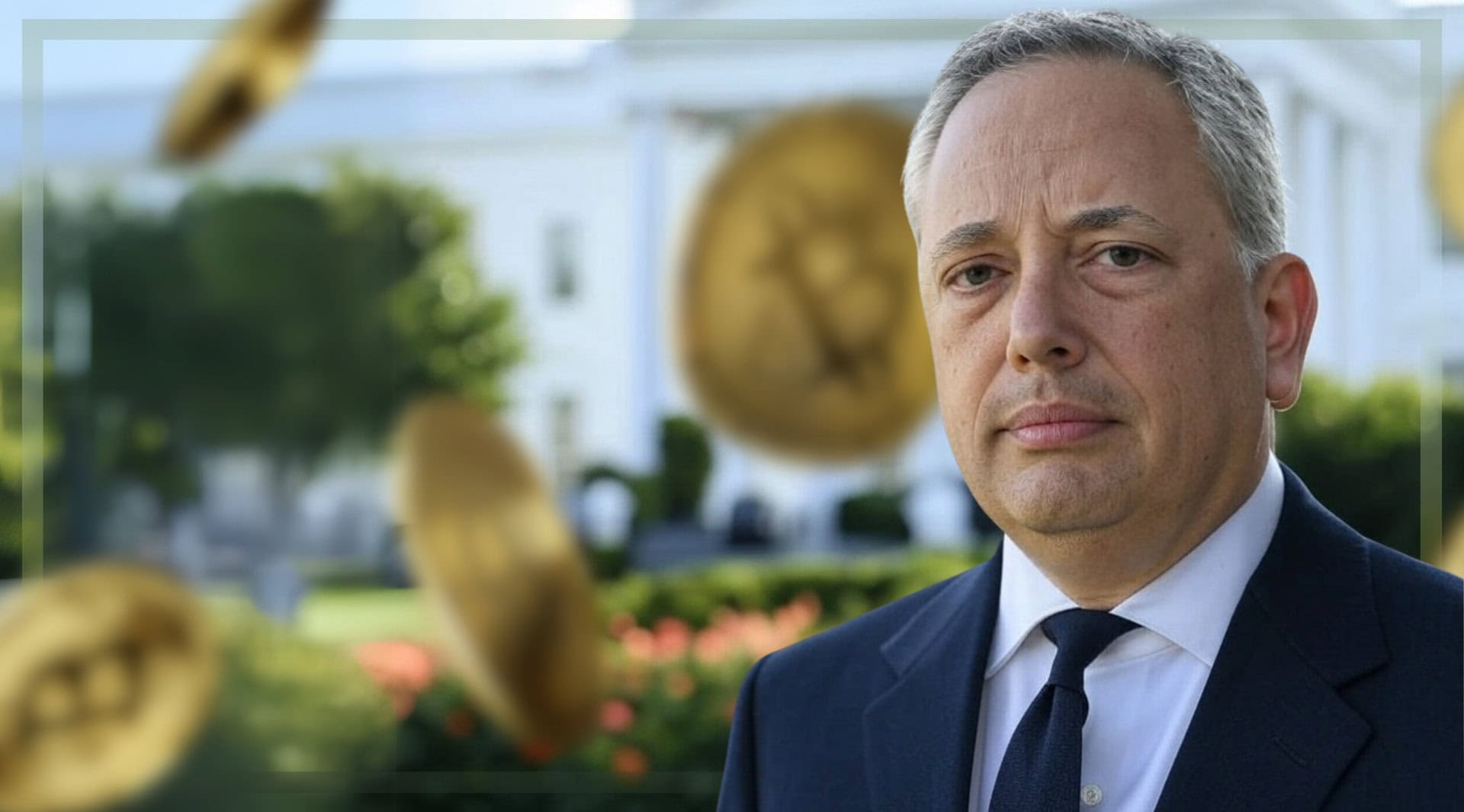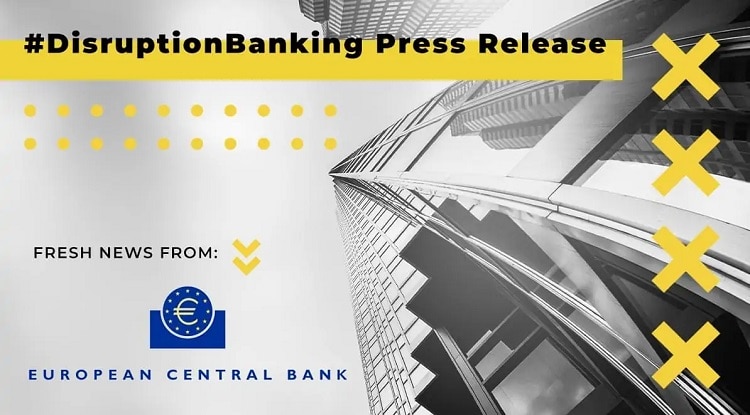This century so far has been defined by the rise of two new global powers in Asia – China and India. Since both countries decided to liberalise their economies and financial markets in the late eighties and early nineties, Beijing and Mumbai have embarked on a period of astonishing growth. India, which recently became the most populous country in the world, continues to post average annual growth rates of over 6%.
It’s therefore unsurprising that, as India’s economy has expanded to become the fifth largest in the world, foreign investors and international banks have taken an increased interest in its financial markets. While Indian equity markets are still dominated by domestic investors for now – which means markets remain relatively buoyant even at times of foreign outflow – dozens of international investment banks are already present in India. Now, foreign hedge funds and quantitative trading firms seem also to be paying ever-closer attention to the possibilities offered by Indian markets.
Global hedge funds are boosting their presence in the long-shunned Indian market https://t.co/kQ1e6LC78i
— Navroop Singh (@TheNavroopSingh) October 27, 2023
Rahul Fernandes, a quantitative trader at Delta+ in Mumbai, told Disruption Banking that “in the past two or three years, the quant trading industry has developed at a very rapid rate – and personally, I would say the industry has become very sophisticated as well.”
“My team has come across some cutting-edge risk management systems and quant models while developing our own strategies,” he added.
While he emphasised that “the industry is still in an early stage,” Fernandes is convinced that Mumbai is going to grow as a hub for quantitative trading in the years to come. “The growth prospects are very promising […] we’re seeing new arbitrage fund houses and hedge funds be set up every other week.”
Just recently, two global quant funds announced they were to expand their presence in India – New York-headquartered Tower Research and Amsterdam-based Optiver. Gao Capital, a multi-strategy hedge fund based in Singapore with $100 million under management, is setting up an infrastructure to trade derivatives on Indian markets. Many other smaller firms are either opening in Mumbai, or putting the necessary structures in place to trade Indian equities and other financial products.
Gao Capital, Tower Research, and Optiver are three global #quant funds expanding their operations in #Indiahttps://t.co/UKq91vQJXx
— #DisruptionBanking (@DisruptionBank) October 31, 2023
One reason for this significant growth in quant trading is that India’s equity markets themselves have grown rapidly. It’s undoubtedly true that, in terms of Asian financial markets, India has long been eclipsed by its much larger rivals in Southwest and East Asia – Singapore, Hong Kong, Shanghai, and, to a lesser extent, Tokyo, Seoul, Beijing, and Taiwan.
However, Fernandes pointed out that the National Stock Exchange (NSE) in India has grown to become one of the largest in Asia and, indeed, the world. The NSE is now the world’s largest derivatives exchange by number of contracts traded, and one of the world’s biggest generally, with a market capitalisation of well over $3 trillion. The sheer size and depth of the financial markets in India mean that it’s inevitable quant traders are sensing opportunities.
“The National Stock Exchange is one of the largest financial exchanges in Asia,” Fernandes said. “This means there are plenty of opportunities for quant traders, in particular hedging opportunities as well as investment opportunities from a growth perspective.”
“There is also potentially a new regulation coming in that would allow for evening trading sessions as well. This would be yet another strong advantage as it would cover traders from overnight risk and also allow them to take positions according to movements on American markets, which could be highly favourable for generating alpha,” he added.
India market regulator examining proposal for extended derivative trading hours via @jaysh88 @Reuters https://t.co/HZUmT9roTk
— Dhanya Skariachan (@DhanyaTweets) September 28, 2023
Of course, as with any market, challenges remain. For one, Indian markets are highly vulnerable to volatility on crude oil markets as New Delhi imports over 80% of its oil. The fact that India is a global political power and self-professed leader of the Global South makes it exposed to geopolitical tensions as well. Strong performances from China can often prompt foreign investors to allocate their Asia exposure to Chinese markets instead of Indian.
On a technical level, Fernandes also said that one of the biggest problems is “without a doubt latency issues, and sometimes a lack of API data to back-test strategies for decision making.”
However, this is unlikely to dampen appetite for exposure to Indian financial markets, which continue to grow in size and sophistication. As Mumbai’s prominence on global financial markets grows, more quant traders will be looking to generate alpha on Indian markets. “We are still in the early phase of the quant industry’s development in Mumbai,” Fernandes said. “But I am very positive about the future.”
Author: Harry Clynch
#Mumbai #India #Quants #HedgeFunds #Asia















